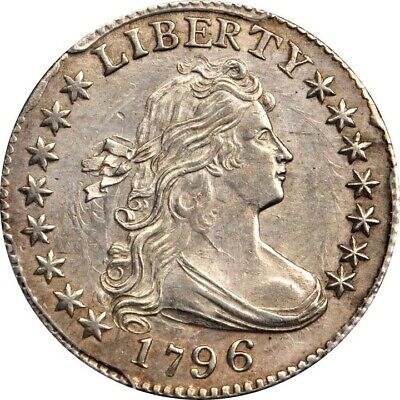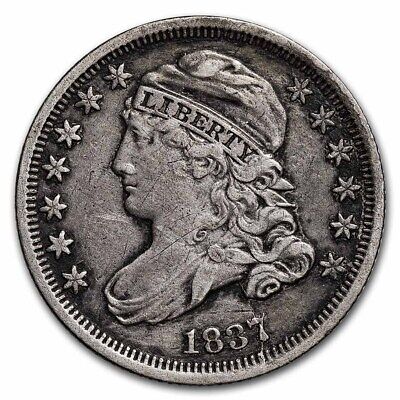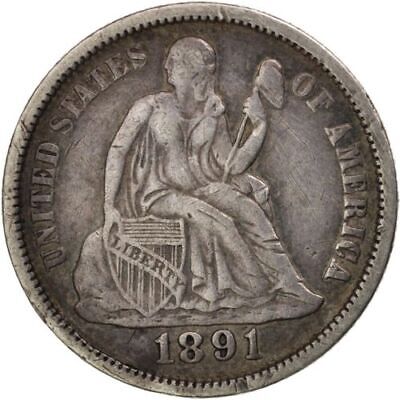The dime, a fundamental denomination of U.S. currency, holds significant historical and numismatic value. Since its inception, the dime has undergone numerous transformations in both design and composition, capturing the interest of collectors and historians alike. This article delves into the rich history of the 10-cent coin, explores its various designs, and provides insights into its value for collectors.
Historical Context
The dime was introduced as part of the Coinage Act of 1792, which established the U.S. Mint and the nation’s monetary system. The dime, representing one-tenth of a dollar, was necessary for everyday transactions and reflected the decimal system advocated by Thomas Jefferson. The introduction of the dime marked an essential step in standardizing currency in a young nation and remains significant to collectors for its historical context.
Dime Series Over Time
- Draped Bust Dime (1796-1807): The first dime series, featuring the Draped Bust design, was created by Robert Scot.
- Capped Bust Dime (1809-1837): Introduced by John Reich, this design featured a capped bust of Liberty.
- Seated Liberty Dime (1837-1891): Designed by Christian Gobrecht, this series saw several modifications over decades.
- Barber Dime (1892-1916): Named after its designer, Charles Barber, this series is known for its relatively simple design.
- Mercury Dime (1916-1945): Designed by Adolph A. Weinman, the Mercury Dime is celebrated for its artistic beauty.
- Roosevelt Dime (1946-present): Featuring President Franklin D. Roosevelt, this design commemorates his legacy and the March of Dimes.

10 Cent Coin Value Chart
The value of a dime varies significantly based on its condition and rarity. Below is a general value chart for dimes in different conditions.
| Condition | Estimated Value Range |
|---|---|
| Good | $2 – $10 |
| Fine | $5 – $20 |
| Extra Fine (XF45) | $15 – $50 |
| About Uncirculated (AU) | $25 – $100 |
| Brilliant Uncirculated (BU) | $50 – $200 |
| MS66 | $100 – $500+ |

10 Cent Coin Obverse and Reverse Design
The obverse and reverse designs of dimes have evolved over the years. The current Roosevelt Dime features President Franklin D. Roosevelt on the obverse, with the torch, oak branch, and olive branch on the reverse symbolizing freedom, strength, and peace. The reeded edge of the dime consists of 118 reeds, a feature designed to prevent counterfeiting and clipping.
10 Cent Coin Composition and Physical Features
Throughout its history, the dime has been composed of various metals. Initially, dimes were made of silver, but due to rising silver prices, the Coinage Act of 1965 transitioned the dime to a clad composition of copper and nickel. The dime has a diameter of 17.91 mm and a thickness of 1.35 mm.

Rare Issues and Error Coins
Rare issues and error coins can significantly increase the value of a dime. Notable errors include double dies, off-center strikes, and missing mint marks. A 1975 “No S” Roosevelt Dime is particularly valuable, with values reaching thousands of dollars at auction.
Special Releases and Proof Coins
Special releases, such as proof coins and mint sets, are highly sought after by collectors. These coins are struck with a higher quality finish and often feature unique mint marks or designs. Proof dimes can command premium prices, especially those from earlier years or with low mintage numbers.
How to Identify a Valuable 10 Cent Coin
To identify a valuable dime, collectors should examine the coin’s date, mint mark, and condition. Specific key dates and mint marks, such as the 1894-S Barber Dime, are rare and valuable. Additionally, coins in higher grades, such as MS66 or higher, are typically more valuable. Consulting a reliable coin grading guide and using professional grading services can help accurately determine a coin’s value.
In conclusion, the dime is more than just a piece of currency. Its rich history, varied designs, and potential for collectors make it an intriguing subject of study. Whether you’re a seasoned numismatist or a novice collector, understanding the intricacies of the dime can enhance your appreciation and potentially lead to valuable discoveries.